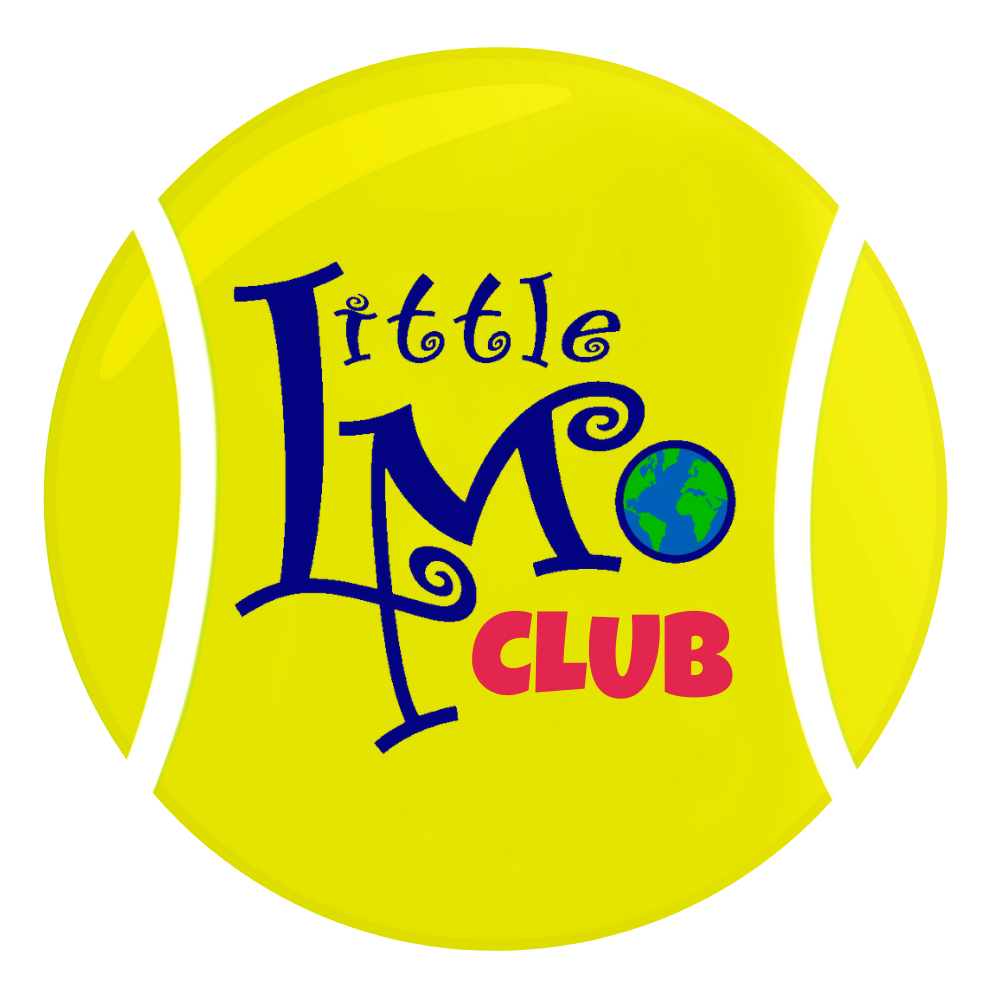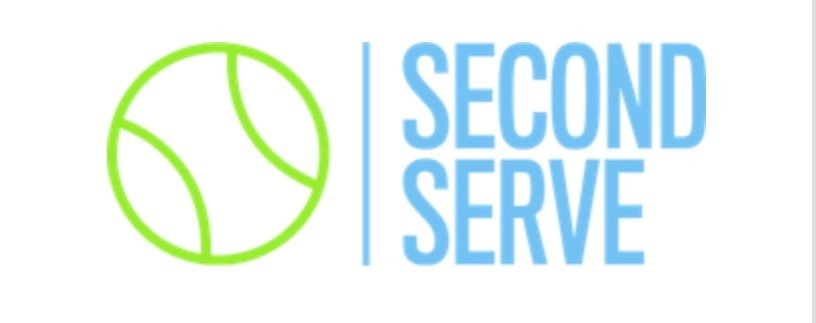More Matches For Our American Junior Tennis Players
Up Next
It’s Monday . . . and Day 4Coach Todd Widom wrote the following article and graciously shared it with the ParentingAces community. I will be posting the next installment of our 21-Day Challenge series later today. Enjoy!
As many of you read my articles, I too occasionally read articles pertaining to tennis on the internet or social medial. There are times where I may agree with what is being said or taught but most often there are times where I may disagree. Over the past few years, I have been reading about how the American junior tennis players do not play enough sets or practice matches. In my previous articles, I emphatically state that each player should be trained differently and I do not believe in the cookie cutter mold. Each child has a different brain, technique, physical capabilities and even talent level.
I have had some students come to me for training that have had such immense technical deficiencies that if they did not have countless hours of private time to work on certain shots or even movements, it would result with them being stuck at the same level of tennis for the rest of their tennis career. These deficiencies do not dissipate by merely putting these students in practice sets or tournaments. I may have worked with a certain player that has a glaring weakness in their game, and after many hours of training it seems like they are ready for practice matches. Once a player has a shot that causes them problems, it not only takes time to fix that particular shot, but it also takes time to build their confidence to utilize the proper technique whether it be in drills or matches.
One must understand that drills and matches are two totally different animals. You can try to add pressure to the drills to simulate match conditions, but it is not the same. Practice matches and tournament matches are also quite different. Nothing simulates a tournament match. You will know that this particular stroke is sufficient when the player will perform the proper techniques in a tournament situation. The most pressure that a tennis player faces is when they are competing in tournaments. It is in the tournament setting where tennis players at any level, either amateur or professional, resort back to their comfort zones, simply because that is what makes them comfortable. The key is to create the comfort zone where the right strategy and techniques are used. If the player brings out the proper technique under stress in tournaments, then you know for the time being that the stroke has had improvement.
In addition, if you have a child that has a particular stroke or multiple strokes that causes them difficulty, I can tell you from experience that the time it takes to develop good habits to fix deficiencies is six to nine months, while working on a daily basis and for multiple hours each day. I am speaking about the student or parent that is very serious about the development of the child and is willing to take the time to cure the issues. This does not get fixed taking a one hour lesson here and there, and then jumping into groups or practice matches. If this particular player needs to go to tournaments because they need a certain ranking to get into college or other tournaments, just know that these tournaments actually delay the development.
Often times, I will attend tournaments and watch juniors compete. I rarely see many juniors understanding how to construct points properly, play the conditions well, and understand their own strengths and weaknesses, as well as their opponents. All I witness is the player running and hitting a ball with no purpose or plan. Tennis is a thinking sport. It may look like the best tennis players in the world are just crushing the ball and running, but there is a lot of thinking going on as to how and why they are doing what they are doing on the court. Putting a child to go play sets on court #20 with no one watching is not going to teach the individual player how to excel at crucial aspects of the game properly so that they improve. These aspects of how to compete and construct points properly for each individual player are taught. Just playing sets without a plan is counterproductive.
In closing, each and every child needs something different in their development to become a better player. Some may need more matches if they are on a great track, but some may need a lot of training before they are ever put into match play situations. This is why it is crucially important to have great guidance and have a plan of how you are going to go about the development of your child. Without a plan and great guidance, you will lose precious years of development that you can never recover.













Comments are currently disabled for this post